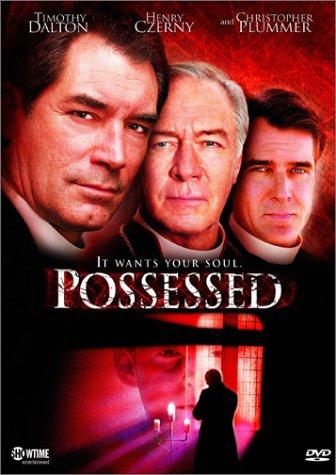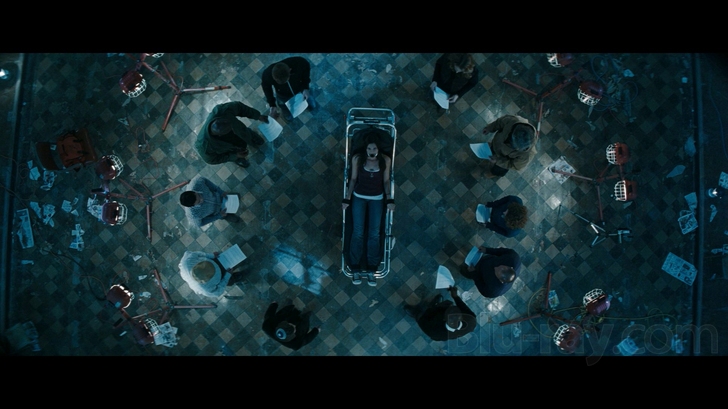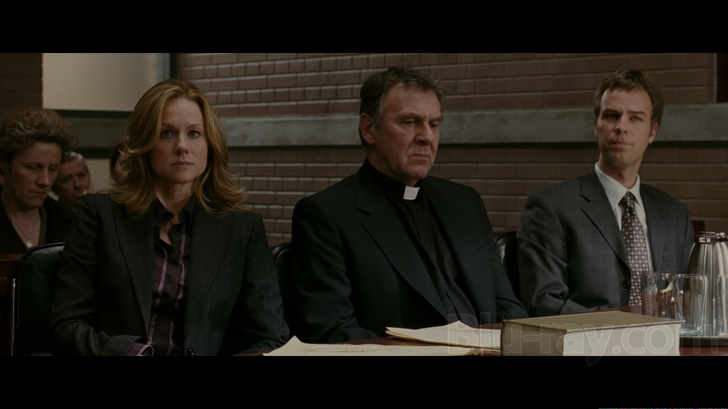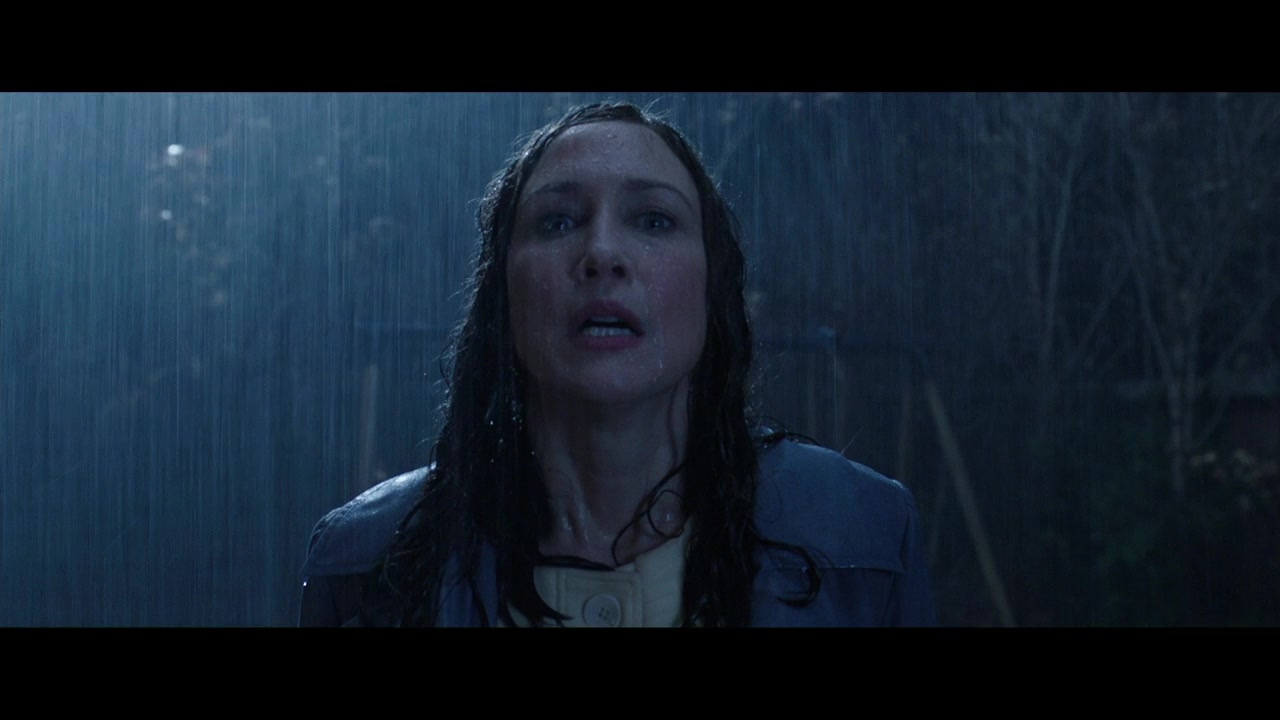Demonic possession and exorcism have made for entertaining and terrifying horror films for decades. The very idea that some foreign entity, spirit, ghost, or demon could enter a person and take over their body is rather disturbing. However, like most other Hollywood portrayals, there’s a great deal of exaggeration and embellishment to makes things more interesting. And the media’s portrayal of this supernatural phenomenon is no different. So let’s take a look at the most common details about possession and exorcism that Hollywood seems to constantly portray incorrectly
(DISCLAIMER – Dork Daily is neither confirming nor denying to know whether or not possession is real. These facts are based upon the memoirs of the paranormal investigations by Ed and Lorraine Warren.)

Possession Isn’t 24/7
Any time we see a character become possessed, the process is gradual in the beginning. However, once the demon takes over, they remain in a constant state of possession until saved via exorcism. This is a trope that seemed to start all the way back with The Exorcist. In both the novel and film, Reagan ceases to be herself once the demon takes over and even remains restrained in her bedroom for the safety of everyone in the house. But in reality, that gradual process in the beginning continues to be the case long after possession has taken place. Most people with that affliction have “episodes” where it takes over temporarily, but it’s by no means continuous. And in between these incidents, many will still live a semi normal life; going to school/work/etc. According to Ed and Lorraine Warren, if a person was possessed 24/7, they would most likely die from the stress on their body.

It’s Not Just the Catholics
Catholic exorcists usually only tend to intervene with a family that is a member of a parish. But where does that leave other religions, or even other denominations of Christianity? Again, due to the prominent nature of The Exorcist and countless other horror films, the Catholic Rite of Exorcism (also known as The Roman Ritual) seems to get all the attention. But the truth is, just about every religion has some form of ritual to expel malevolent spirits. Things like burning incense, blessing a house, performing a baptism, or even hanging a dreamcatcher are all methods to purify one’s soul and repel evil. So could they not all be considered some form of exorcism?

Exorcisms Aren’t Finished in a Day
As discussed earlier, possession is something that comes in waves, so likewise the exorcism to cure it isn’t a one and done deal. Films love to portray a heroic priest coming in and saving the day in dramatic fashion and the victim is instantly him or herself again. But again, this is more of a Hollywood fabrication. In many cases numerous exorcisms are performed spanning days, weeks, and even sometimes months and years. It can be a very exhausting process for all involved, which is one of the reasons why most churches are actually quite reluctant to resort to exorcism. Given our current understanding of psychiatry, they will always try to rule out mental illness before starting the long and arduous process of exorcising a spirit.
There’s Almost Never a Body Count
Whether it was both priests and the film director in The Exorcist or Sgt. Sarchie’s partner in Deliver Us From Evil, films love to show how dangerous exorcism is by having characters die during them or as a result of them. In reality, there has only been one verified instance of a person dying while under exorcism. This was the infamous case of Anneliese Michel, who died in Germany in 1976. Her story served as the inspiration for 2005’s The Exorcism of Emily Rose. Her tragic death raised the very real issue of the physical and mental toll exorcism can take on a person. But even hers lasted for a year before her death.

We also see instances in film of people who are possessed committing murder. While many criminal defendants may claim possession as a reason they did it, most of them are suffering from delusions. The most famous example would most likely be Ronald DeFeo Jr., who murdered his parents and four siblings back in 1974 in Amityville, NY. This would spawn the entire legend of The Amityville Horror. There was also another murder in CT in 1981 in which Arne Johnson murdered his landlord. He was in the long process of exorcism and blamed his crime on the work of the demon. The case would be sensationalized as the “Demon Murder Trial”, and is also the subject of “The Devil in Connecticut”, co-authored by Ed and Lorraine Warren. Aside from these two rare cases however, possession and exorcism almost never leads to people dying.
Exorcisms Don’t Cause Natural Disasters
This has less to do with filmmakers getting things wrong and more to do with them just trying to make things interesting. The titular scene in The Exorcist is a very tense scene, but not very much happens in the room, other than it being cold. But as the years went on, directors felt like their exorcism scenes needed to be more over the top and climactic. So this is why in The Conjuring a rifle fires by itself, in Deliver Us from Evil the windows shatter and a gust of wind sends shards of glass everywhere, and in The Possession the wind picks up a windowless room, nearly causing a tornado. Sure it makes everything more visually interesting, but it’s far from the truth.

Most exorcisms are pretty standard, and while the victims may occasionally yell or scream, they’re usually quite tame and almost in a trance. In his novel “The Rite: The Making of a Modern Exorcist” author Matt Baglio describes how Rev. Gary Thomas was quite surprised at just how uneventful they can be. In his experience training to become an exorcist in Italy, he found that at times it was almost a standard as a routine checkup. People would come in, the priest would read the ritual and do the same next week.
However, portraying this accurately in film would make for some very boring cinema. So it’s understandable why filmmakers need to exaggerate. Despite not always being accurate, the possession subgenre in horror has produced some of the most iconic films of all time, and there’s no stopping it. For those who believe in it, the idea alone is terrifying and horror films have always reflected what we feared the most.




